I have planned a trip to Oman for many years for collecting data and photo documentation on Eastern Imperial Eagles and other raptors but unfortunately it did not come true in the past years.
But not in 2012! The 1st Meeting of Signatories of the CMS (Bonn Convention) Memorandum of Understanding on the Conservation of Migratory Birds of Prey in Africa and Eurasia (Raptors MoU) in Abu Dhabi, United Arab Emirates, provided a unique opportunity for a visit ( this time lone, unfortunately) in one of the most important and most spectacular raptor winter quarters of the Western Palearctic, the neighbouring Oman.
Why Oman?
99% of the 309,000 km2 land surface of Oman belongs to the vast and astonishing deserts of the Arabian Peninsula and it lays on one of the most important bird flyway, the African-Eurasian bird migration route. Thus, Oman holds internationally important migration and wintering sites for Central Asian bird populations including raptors.
It may be a bit absurd for many travellers but raptor fans and researchers the waste disposal sites in Oman are among the main destinations during the migration or wintering periods. Scavengers such as storks, vultures, eagles and corvids can feed on the large amount of offal dumped on these sites, which means a significant food source comparing to the low prey availability of surrounding desert and semi-desert habitats. Therefore, waste disposal sites are major ‘stepping stones’ or wintering sites for migratory birds of prey between Asia and Africa and they contribute to scavengers’ survival greatly in an otherwise harsh, suboptimal environment.
I arrived in Muscat on 12 December. I spent the next few days in the capital area and stayed at my friend Faisal Lamki’s place very close to Al Qurm Natural Park. Faisal (faisal.lamki@yahoo.com) offers excellent accommodations for naturalists and environmental researchers.
The migration was over yet, so I expected wintering raptor species/numbers.
I visited the newest Al Amarat and Qurayyat waste disposal areas (WDA). As for the species composition these sites were dominated by the Egyptian Vulture (Neophron percnopterus) with a minimum of 120 individuals at Al Amarat but Lapped-faced Vultures (Torgos tracheliotus), Steppe Eagles (Aquila nipalensis), Eastern Imperial Eagles (EIE, A. heliaca) and Greater Spotted Eagles (GSE, A. clanga) were also present in small (a couple of birds) numbers.
I drove down to Dhofar region on 15 December. I saw very few birds during the 1030-km trip in the flat, rocky desert, mainly larks and wheatears, but I stopped a few times only and was primarily concentrating on driving…
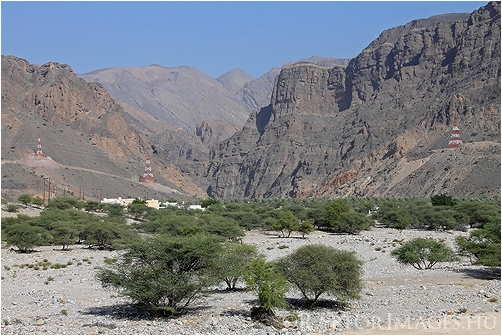
- Al Hajar-hegység
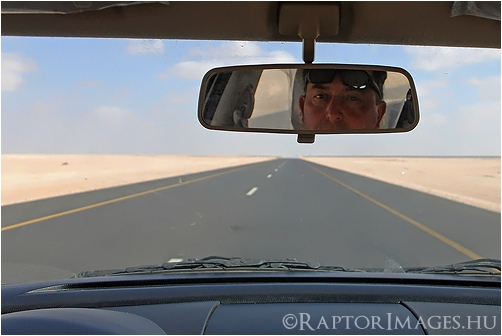
- A sivatagi út Dhofar-ba
In the south I visited two WDAs (Thumrayt and Raysut), Wadi Dharbat and the sinkhole at Tawi Attair.
The major site is Raysut WDA, I estimated the number of eagles here at a minimum of 250.
The majority of them were Steppe Eagle with 6-8 EIEs and 3-4 GSEs. Most of the EIEs were 1st and 2nd cy but I saw a 4th cy and an adult birds as well. Altogether approximately 10-15 EIEs could be present in the area. The eagles got used to people’s presence, although it was not common that they let me closer than 30 meters. Late afternoon eagles were replaced by hundreds of White (Ciconia ciconia) and Abdim’s Storks (Ciconia abdimii).
At a nearby drinking place I found a Steppe Eagle carcass.
Apart from the patches around water bodies the forests of the beautiful Wadi Dharbat are mainly deciduous, the Wadi showed its dry winter character, which was interesting in a 30 Celsius daytime temperature. Eagles were relatively activity here, I saw 17 individuals of 5 Aquila species in one and a half hours.
The sinkhole at Tawi Attair may be one of the best sites for Bonelli’s Eagle photography. The approximately 200m-deep and similar-diameter sinkhole holds a pair of eagles. They got used to people (and photographers) in the lookout. Although in most cases covered by the canopy of a nearby tree, they circled above me couple of times within a 30-40-meter distance and perched on the rock face or trees on the opposite site of the sinkhole. These birds live in the pantry, while I was watching them they stooped and attacked the Rock Doves in the sinkhole time after time.
The sinkhole is situated on a plateau of the Dhofar Mountains holding significant livestock. It was an interesting area. I was lucky to take photos on the trip’s only Amur Falcon (adult male Falco amurensis), and observed Lapped-faced Vultures and among other eagles some Eastern Imperial Eagles too. It was very interesting to see a pair of adult EIEs being together so far from the species’ breeding range!
In summary: during the seven field day I observed 15 birds of prey species including the following:
Black Kite (Milvus migrans),Egyptian Vulture (Neophron percnopterus), Lapped-faced Vulture (Torgos tracheliotus), Marsh Harrier (Circus aeruginosus), Sparrowhawk(Accipiter nisus), Crested Honey Buzzard (Pernis ptylorchinchus), Greater Spotted Eagle(Aquila clanga), Steppe Eagle (Aquila nipalensis), Eastern Imperial Eagle (Aquila heliaca), Booted Eagle (Aquila pennata), Bonelli’s Eagle (Aquila fasciata), Short-toed Eagle (Circaetus gallicus), Osprey (Pandion haliaetus), Kestrel (Falco tinnunculus), Amur Falcon (Falco amurensis). I could manage to take good, unique photos about some of them. I uploaded some of the raptor images into the New images gallery.
No Buzzards, no large falcons and owls, a single Accipiter and Circus species.
All in all, the trip was an extraordinary, unforgettable experience, the gathering of wintering eagles, the astonishing faces and geomorphology of the desert, the white beaches covered by Coconut trees, the fascinating people and country as a whole.

A Common and Demoiselle Cranes
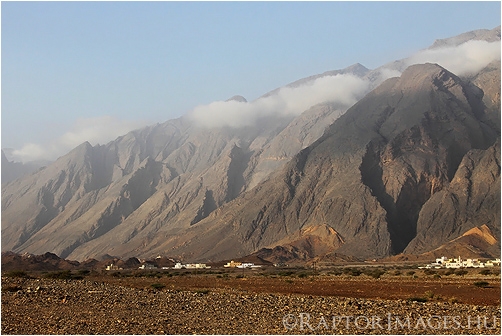
Al Hajar Mountains
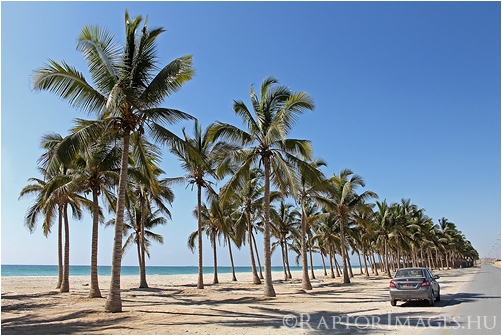
Salalah Beach
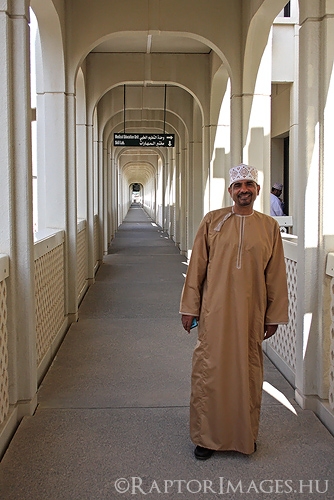
Many people helped me consciously or unconsciously before and during the trip, but I would like to thank Gábor (Papp), Nick Williams, Jenny Renell, Faisal Lamki and Mike McGrady and specially my family for their unselfish support.
Thank you guys and I wish similar great moments and the best in 2013 to all of you!
Best regards,
Andras

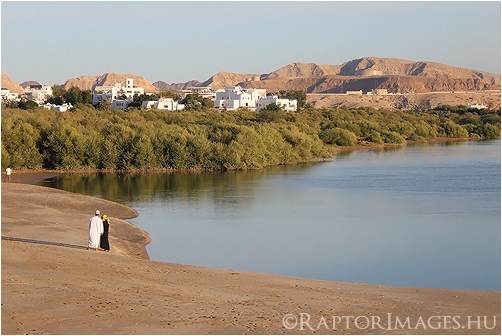
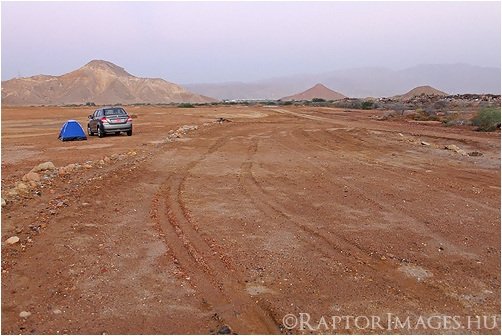
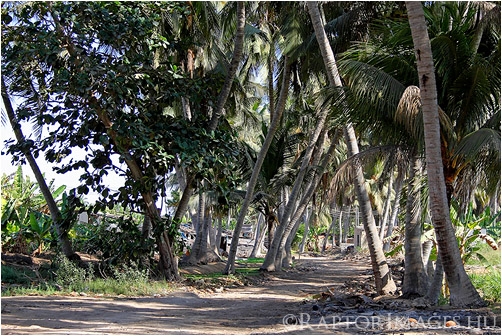
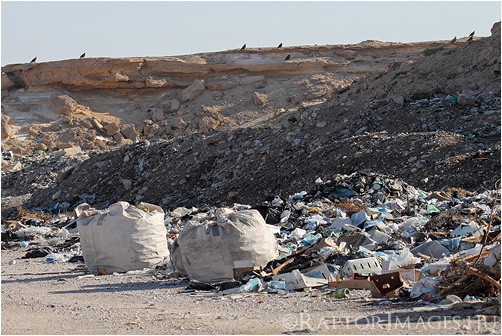
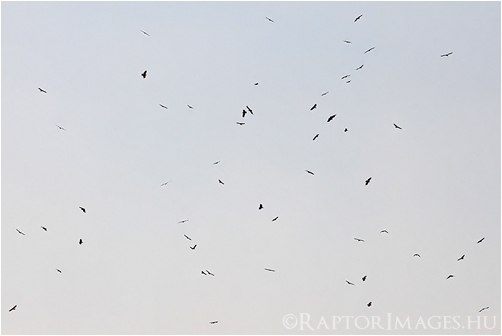
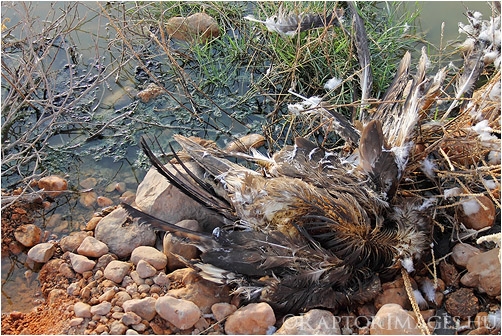
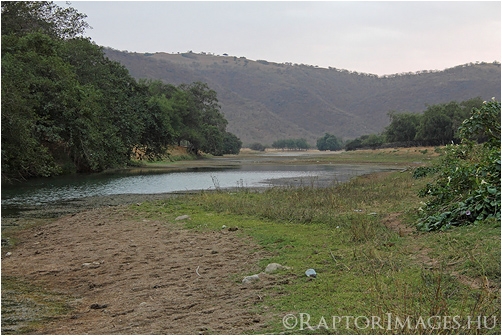
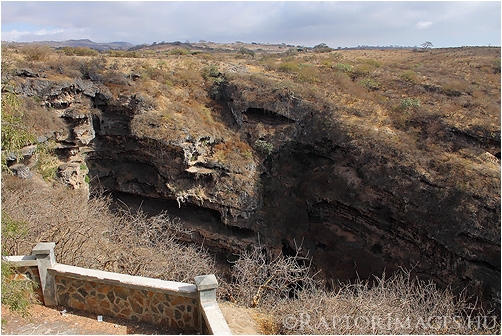
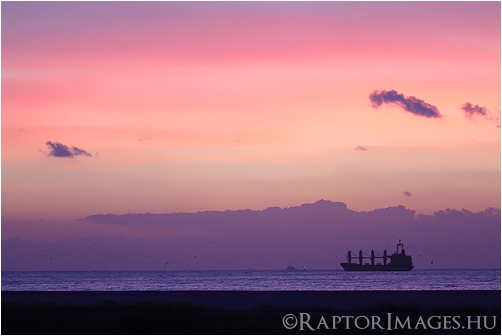
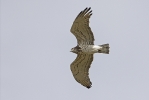
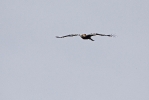
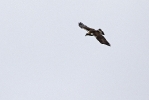
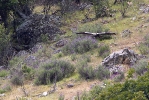
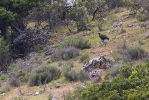
One Comment
kibaszott jó hely Omán… még lehet visszamegyek, fiamnak egy kapcsolata mint kiderül ott nyitott egy terepjáró kölcsönzőt, tetősátras megoldással…
BUÉK!
Balázs
[Reply]